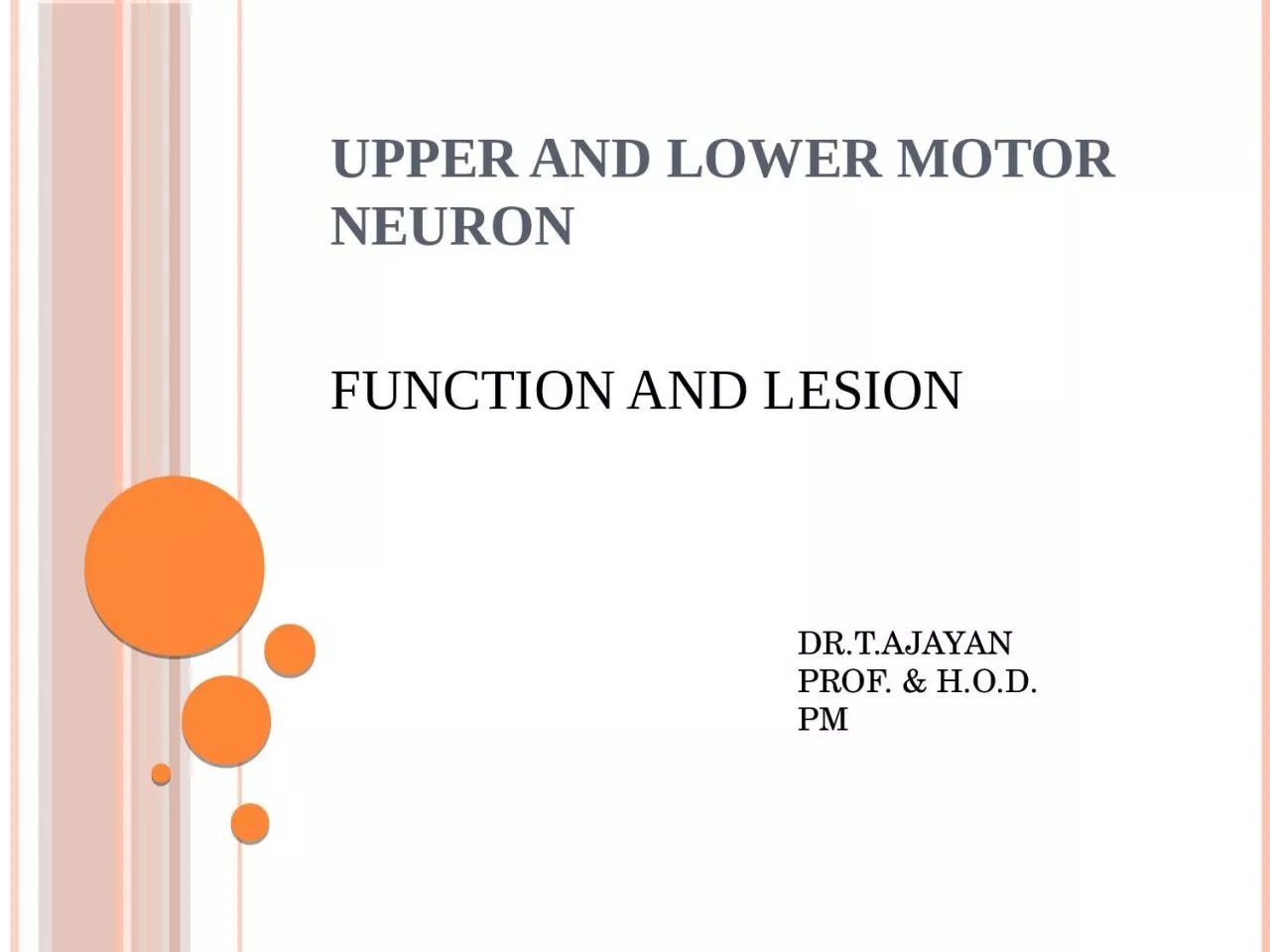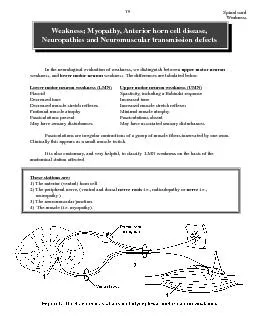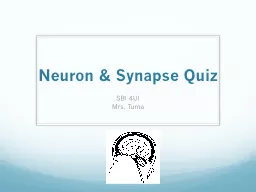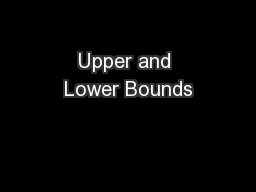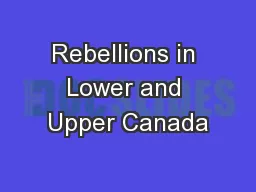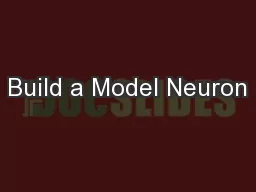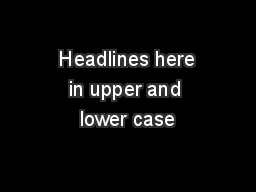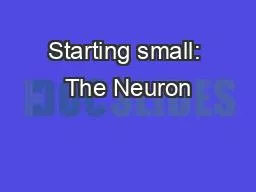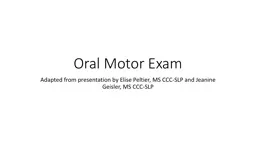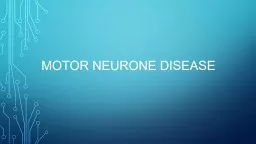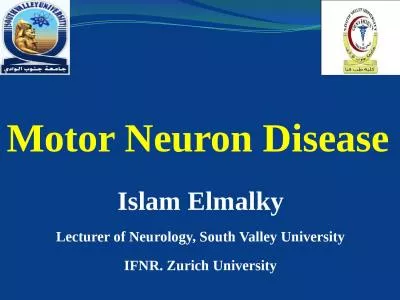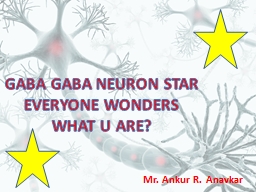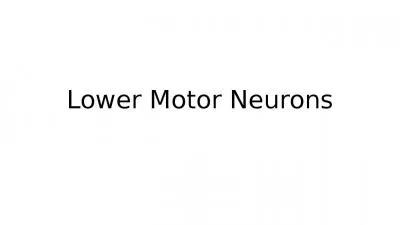PPT-UPPER AND LOWER MOTOR NEURON
Author : byrne | Published Date : 2022-06-18
F UNCTION AND LESION DRTAJAYAN PROF amp HOD PM CNS influence the activity of skeletal muscle through two sets of neuron Upper motor neuron Lower motor neuron Upper
Presentation Embed Code
Download Presentation
Download Presentation The PPT/PDF document "UPPER AND LOWER MOTOR NEURON" is the property of its rightful owner. Permission is granted to download and print the materials on this website for personal, non-commercial use only, and to display it on your personal computer provided you do not modify the materials and that you retain all copyright notices contained in the materials. By downloading content from our website, you accept the terms of this agreement.
UPPER AND LOWER MOTOR NEURON: Transcript
Download Rules Of Document
"UPPER AND LOWER MOTOR NEURON"The content belongs to its owner. You may download and print it for personal use, without modification, and keep all copyright notices. By downloading, you agree to these terms.
Related Documents

